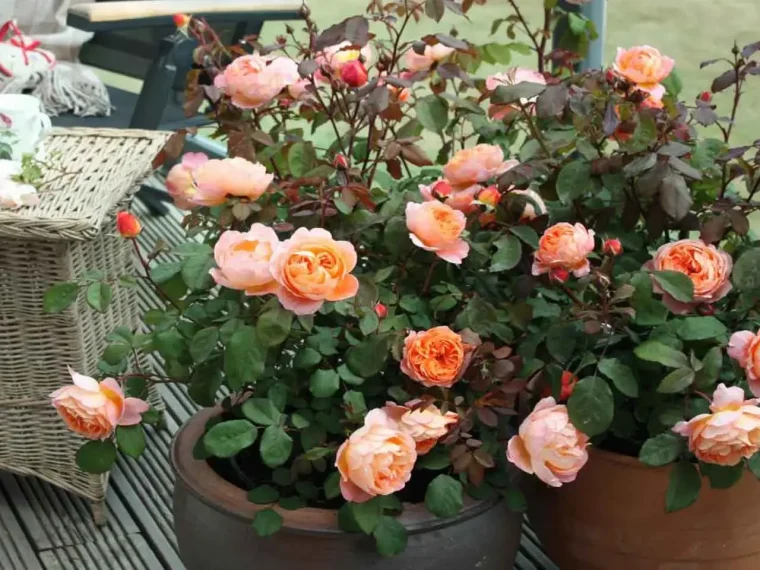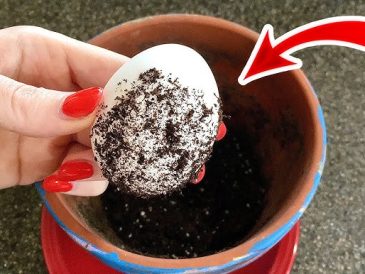Planting Rose Cuttings Horizontally: Cultivating Robust and Vigorous Bushes
Planting rose cuttings horizontally is an innovative approach that can yield stronger and more resilient rose bushes. Here’s a detailed guide to help you through the process, from selecting cuttings to caring for them after planting.
Benefits of Horizontal Planting
Horizontal planting has several advantages over the traditional vertical method:
- Improved Root System: Laying the cutting horizontally encourages roots to grow along its entire length, creating a more extensive and stable root system.
- Better Nutrient Uptake: A stronger root network allows the plant to absorb nutrients and water more efficiently.
- Increased Stability: The wider root system can help anchor the plant more firmly, making it more resilient to harsh weather conditions.
Step-by-Step Guide to Planting Rose Cuttings Horizontally
1. Selecting Healthy Cuttings
- Cuttings Length: Choose cuttings that are 6-8 inches long, ideally from healthy stems that are free of disease.
- Nodes: Ensure each cutting has at least three nodes, which are the points where leaves emerge and where roots are likely to develop.
2. Preparing the Cuttings
- Angle of Cut: Trim the bottom of the cutting just below a node at a 45-degree angle to maximize the cutting’s surface area for root growth.
- Leaf Removal: Remove leaves from the lower two-thirds of the cutting to reduce moisture loss and help direct the plant’s energy toward root development.

3. Soil Preparation
- Soil Mix: Prepare a well-draining soil mix. Use a combination of compost, perlite, and garden soil to ensure the cutting gets enough nutrients and proper drainage.
4. Planting the Cuttings
- Digging the Trench: Dig a shallow trench in the prepared soil, ensuring it is deep enough to accommodate the full length of the cutting.
- Laying the Cuttings: Lay the rose cuttings horizontally in the trench. The cutting should be covered by about 1 inch of soil, with the nodes facing upwards.
- Spacing: Space the cuttings several inches apart to give them enough room for root growth.
5. Watering and Mulching
- Watering: After planting, water the cuttings thoroughly to help settle the soil and provide moisture for rooting.
- Mulching: Apply a light layer of mulch over the soil to help retain moisture and suppress weeds. Be sure not to overdo it—too much mulch can block air from reaching the soil.
6. Monitoring Growth
- New Growth: In the following weeks, keep an eye on the cuttings for signs of new leaf growth, which indicates that rooting has occurred.
- Watering Schedule: Continue to keep the soil moist but avoid overwatering. Once new growth is established, you can gradually reduce the frequency of watering while still ensuring the soil doesn’t dry out completely.
Conclusion
Planting rose cuttings horizontally is an effective way to cultivate robust and healthy rose bushes with a strong root system. This method allows the cuttings to establish better connections with the soil, improving their ability to take up nutrients and withstand environmental challenges. By following this guide, you can successfully grow vibrant roses in your garden using this innovative technique.




